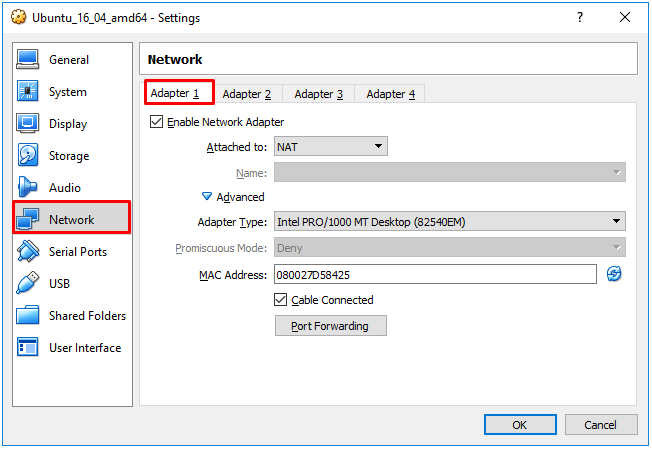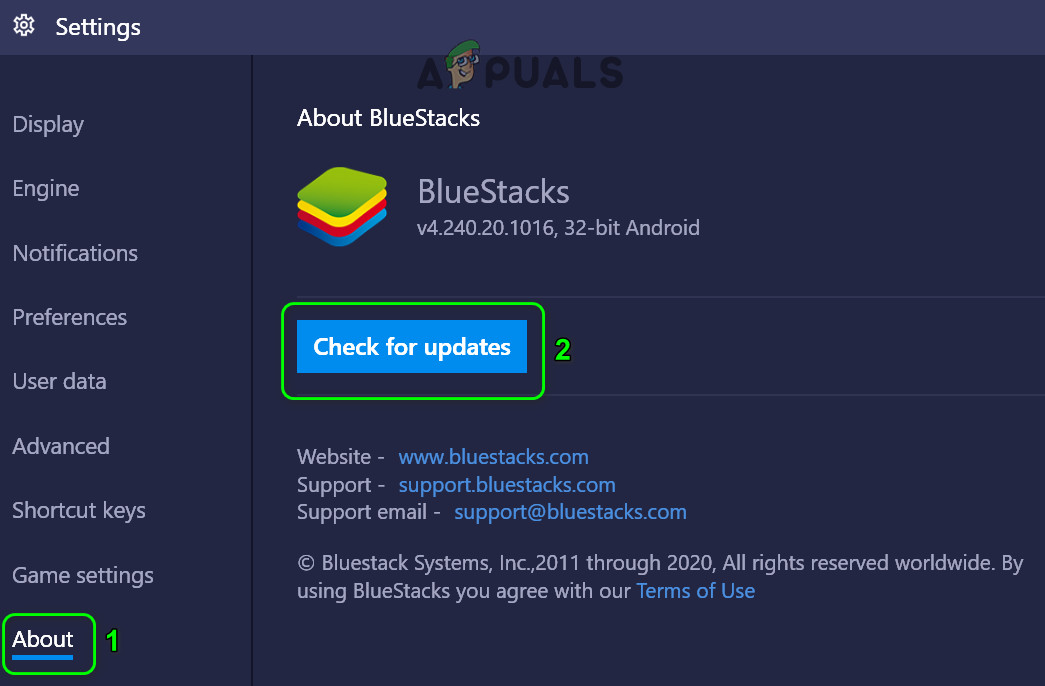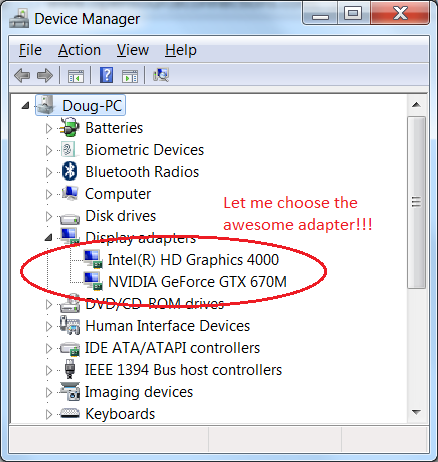

- #Virtualbox interface how to#
- #Virtualbox interface install#
- #Virtualbox interface password#
- #Virtualbox interface download#
Point your browser to (use your own server name or IP address).
#Virtualbox interface password#
Var $password = the password you entered for the vbox user earlier. In /var/www/html/phpvirtualbox/config.php change: var $username = 'vbox' Open up the config file and add the vboxweb service credentials. The German ones tend to work well for me.Ĭhange into the phpVirtualBox folder and copy the initial config file: If you can’t unzip phpvirtualbox.zip try different SourceForge mirrors. If you’re building an internet facing production server you must implement supplemental security, otherwise you will find your servers compromised. You will understand that it is important for internet facing (and any other) servers to have decent security. Note: it would go too far to talk about web server security here.
#Virtualbox interface install#
Install webserver and dependencies # aptitude install apache2 php php-soap php-xml unzip Start the vboxweb service as the dedicated user: # sudo -u vbox vboxwebsrv -background Tell the system which user the web service will run as.

Remember the password, you’ll need it later on. # useradd -d /home/vbox -m -g vboxusers -s /bin/bash vbox If you have multiple users with their own VMs that’s ok too. Set up an account for VirtualBox so it doesn’t run as root. Install the extension pack: # VBoxManage extpack install Oracle_VM_VirtualBox_Extension_Pack-5.2.6-120293.vbox-extpack Rerun the VirtualBox configuration, as instructed: # vboxconfigĬheck here what url you should use for the latest extension pack. # aptitude install linux-headers-amd64 linux-headers-4.9.0-3-amd64Ĭheck the recommendation (“The distribution packages containing the headers are probably:” etc.) for the actual packages you need to install.

To re-start the set-up process, run /sbin/vboxconfig There were problems setting up VirtualBox. This system is currently not set up to build kernel modules. The distribution packages containing the headers are probably: Please install the Linux kernel "header" files matching the current kernelįor adding new hardware support to the system. Unless you have a reason to install an older version, install the most current: # aptitude install VirtualBox-5.2ĭuring installation VirtualBox will inform you it needs some more bits: This system is currently not set up to build kernel modules.
#Virtualbox interface download#
Download and install the key so apt doesn’t complain when using the source: wget -O- | apt-key add -Ĭheck which version of VirtualBox is aptitude search virtualbox At the time of writing this is oracle_vbox_2016.asc. You have an up-to-date Debian 9 server with a working internet connection.Ĭreate a file /etc/apt//virtualbox.list and add:Ĭheck here which key you need (opens in a new tab). If you’re really euphoric there’s a donation button on the right ) Thanks! If this article has helped you please let me know by clicking some of the ads on this page. Automatically pause VMs on reboot/shutdown and resume them on boot.Automatically start PhpVirtualBox on boot.VirtualBox web interface: phpVirtualBox.
#Virtualbox interface how to#
This article describes how to set up a VirtualBox server in Debian 9 (Stretch):


 0 kommentar(er)
0 kommentar(er)
